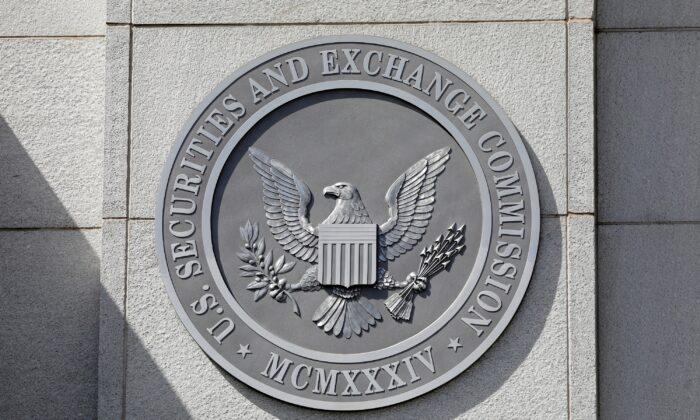Context
The SEC report comes after a wave of speculative commentaries on online forums like WallStreetBets earlier this year in which market participants fueled a rise in the volume and share prices of popularized meme stocks.The report closely examined trade in GameStop Corporation.
Shares of the stock rose as high as $513 premarket in late January 2021, after which, due to the risk management of clearing agencies, numerous brokers limited trades.
Findings
Amid a rebellion against short-selling professional investors—evidenced by a short interest in GameStop, as a percentage of float, as high as 123 percent—the narrative months ago was that the meme stocks experienced a short squeeze.That’s opposite to what the SEC’s report suggests: it said that although “the run-up in GME stock price coincided with buying by those with short positions, buying was a small fraction of overall buy volume.”
In the SEC’s analysis of the options market, there was no evidence of a gamma squeeze.
Conclusions
The SEC’s conclusion on the role options played during the near-vertical price rise in stocks like GameStop may be flawed, according to SpotGamma founder Brent Kochuba.Kochuba said he believes retail investors aggressively bought stock and short-term call options, initiating a gamma squeeze. Thereafter, options volatility and prices rose dramatically, pricing out retail. That’s when institutional investor flow came to dominate.
- The first was the result of significant call buying on the part of retail participants.
- Later, institutional participants sold to open put options.





